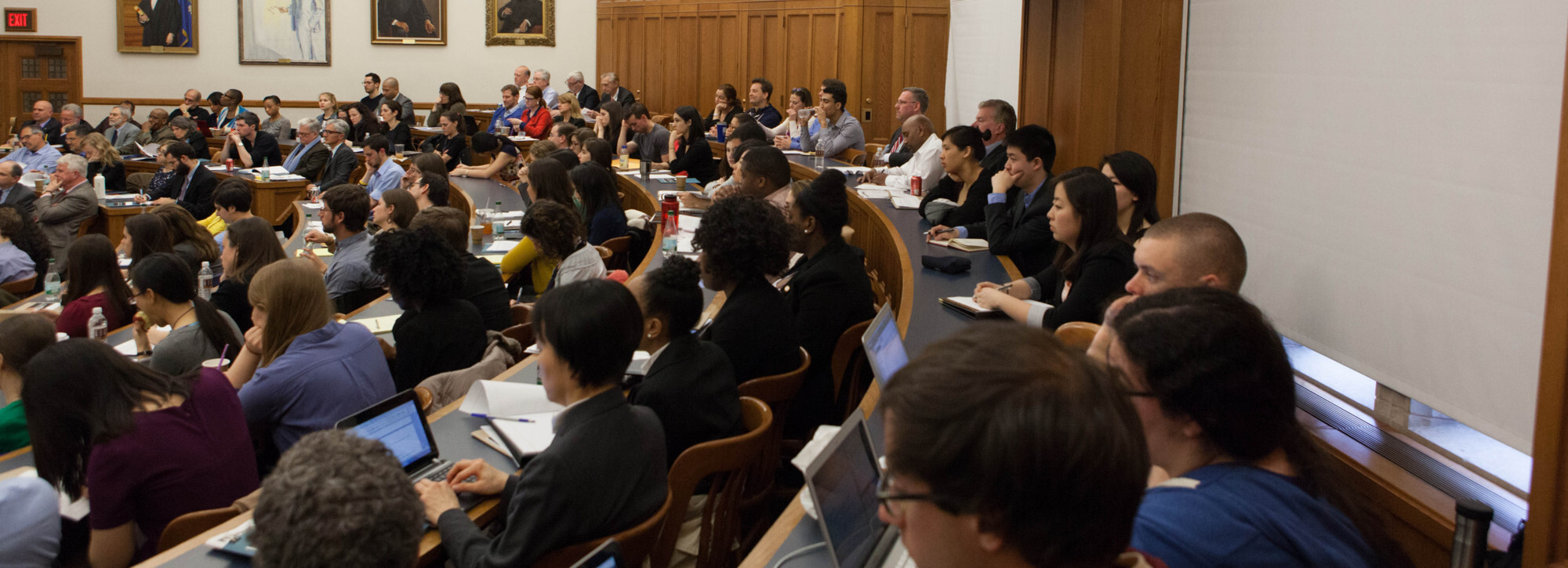Many Paths: Postgraduate Employment
Yale Law students and graduates are among the most sought after in the nation by employers of all types, and each one has the choice to follow the path that is right for them. Our graduates find multiple and meaningful ways to contribute to their communities. A degree from Yale Law School opens doors across the United States and around the world, including in public interest careers of all kinds; at law firms big and small; in business as founders, lawyers, and CEOs; in the judiciary as clerks and judges; and in the academy as scholars and teachers.
Our Career Development Office provides a variety of resources to help students and alumni make informed career decisions, and counselors guide students in developing an effective career plan, identify resources to support career plans, support the job search, and forge connections between students, faculty, and alumni.
Visit the Career Development Office Employment Data website for more information about student and alumni employment statistics.
